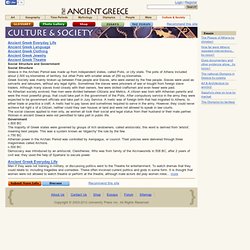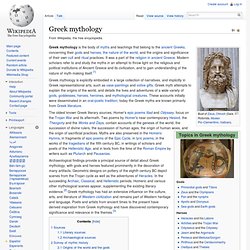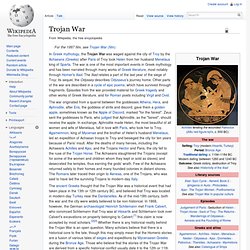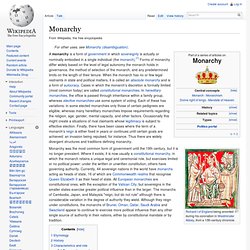

Ancient Greece - Culture and Society in the Ancient Greek World. Ancient Greek Everyday Life Ancient Greek Language Ancient Greek Clothing Ancient Greek Jewelry Ancient Greek Theatre Social Structure and Government Social Structure Greece in the Archaic Period was made up from independent states, called Polis, or city state.

Greek Society was mainly broken up between Free people and Slaves, who were owned by the free people. As Athenian society evolved, free men were divided between Citizens and Metics. The social classes applied to men only, as women all took their social and legal status from their husband or their male partner. Government c.800 BC The majority of Greek states were governed by groups of rich landowners, called aristocrats; this word is derived from 'aristoi', meaning best people. C.750 BC Athenian power in the Archaic Period was controlled by Aeropagus, or council. C.500 BC Democracy was introduced by an aristocrat, Cleisthenes. Men if they were not training in military, or discussing politics went to the Theatre for entertainment. Category:Mountain ranges of Greece.
Ancient Greek Colonization and Trade and their Influence on Greek Art. Polytheism. Polytheism is a religious construct and a type of theism.

Within theism, it contrasts with monotheism, the belief in a singular God. Polytheists do not always worship all the gods equally, but can be henotheists, specializing in the worship of one particular deity. Other polytheists can be kathenotheists, worshiping different deities at different times. Polytheism was the typical form of religion during the Bronze Age and Iron Age, up to the Axial Age and the gradual development of monotheism or pantheism, and atheism.
It is well documented in historical religions of Classical antiquity, especially Greek polytheism and Roman polytheism, and after the decline of Greco-Roman polytheism in tribal religions such as Germanic paganism or Slavic mythology. Terminology[edit] The term comes from the Greek poly ("many") and theoi ("gods") and was first invented by the Jewish writer Philo of Alexandria to argue with the Greeks. Gods and divinity[edit] Types of deities[edit] Neolithic Era. Greek mythology. Greek mythology is explicitly embodied in a large collection of narratives, and implicitly in Greek representational arts, such as vase-paintings and votive gifts.

Greek myth attempts to explain the origins of the world, and details the lives and adventures of a wide variety of gods, goddesses, heroes, heroines, and mythological creatures. These accounts initially were disseminated in an oral-poetic tradition; today the Greek myths are known primarily from Greek literature. Archaeological findings provide a principal source of detail about Greek mythology, with gods and heroes featured prominently in the decoration of many artifacts.
Geometric designs on pottery of the eighth century BC depict scenes from the Trojan cycle as well as the adventures of Heracles. Sources Literary sources The poetry of the Hellenistic and Roman ages was primarily composed as a literary rather than cultic exercise. Archaeological sources. Trojan War. Sources The Burning of Troy (1759/62), oil painting by Johann Georg Trautmann The events of the Trojan War are found in many works of Greek literature and depicted in numerous works of Greek art.

There is no single, authoritative text which tells the entire events of the war. Instead, the story is assembled from a variety of sources, some of which report contradictory versions of the events. The most important literary sources are the two epic poems traditionally credited to Homer, the Iliad and the Odyssey, composed sometime between the 9th and 6th centuries BC.[5] Each poem narrates only a part of the war.
Other parts of the Trojan War were told in the poems of the Epic Cycle, also known as the Cyclic Epics: the Cypria, Aethiopis, Little Iliad, Iliou Persis, Nostoi, and Telegony. In later ages playwrights, historians, and other intellectuals would create works inspired by the Trojan War. Legend. The Iliad by Homer. Monarchy. Monarchy was the most common form of government until the 19th century, but it is no longer prevalent.

Where it exists, it is now usually a constitutional monarchy, in which the monarch retains a unique legal and ceremonial role, but exercises limited or no political power: under the written or unwritten constitution, others have governing authority. Currently, 44 sovereign nations in the world have monarchs acting as heads of state, 16 of which are Commonwealth realms that recognise Queen Elizabeth II as their head of state. All European monarchies are constitutional ones, with the exception of the Vatican City, but sovereigns in the smaller states exercise greater political influence than in the larger. The monarchs of Cambodia, Japan, and Malaysia "reign, but do not rule" although there is considerable variation in the degree of authority they wield.
Etymology[edit] History[edit] Characteristics and role[edit] Some monarchies are non-hereditary. Powers of monarch[edit]